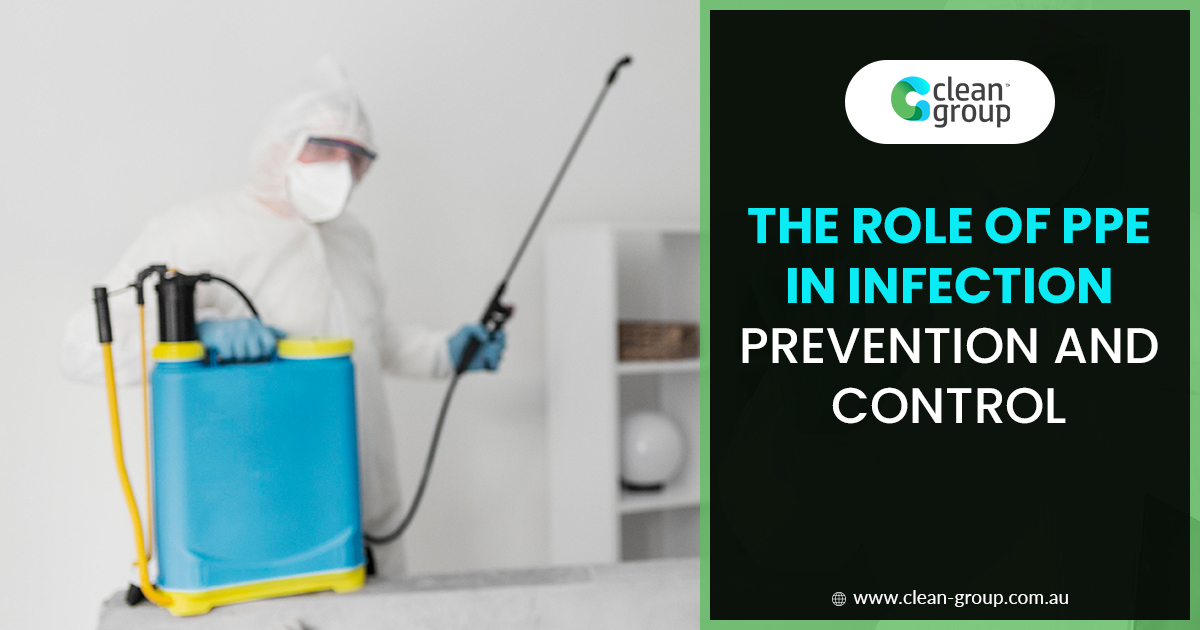An outbreak of the novel coronavirus disease now named COVID-19 was initially observed in mid-December 2019 from a seafood market in the city of Wuhan in China’s Hubei province, spreading to more than 185 countries/regions worldwide.
Coronaviruses are a large family of viruses, animal coronavirus is a bit different from MERS and SARS because it really develops and infects people.
However, so far it has killed around 45.5 lakh people and experts have already predicted that there are many more waves and variants on their way to increasing this number.
The SARS-CoV-2 virus is spread through human-to-human transmission, primarily through respiratory droplets that are produced when people cough, sneeze or exhale.
It is also spread by touching, directly touching, and through contaminated surfaces or objects and then touching their own mouth, nose, or possibly their eyes. Healthcare-associated infection by the SARS-CoV-2 virus has been documented among healthcare workers in several countries.
People at the highest risk of COVID-19 infection are those who are in close contact with a suspected/confirmed COVID-19 patient or who care for such patients. And this is where the PPE kit comes in the protection of such people.
What is PPE?
PPE which stands for Personal Protective Equipment, are protective gear designed to protect the health of workers (wearer) by minimizing exposure to a biological agent.
Proper use of PPE helps keep healthcare workers safe and prevents the spread of many types of viruses, germs, and bacteria, including COVID-19.
Components of PPE and Their Use
PPE is part of a larger infection prevention and control bundle of measures and should be implemented as part of a multi-pronged strategy for the management of COVID-19 patients. There are also many components of PPE which are explained below:
1. Coverall/Gowns
Coveralls or gowns are for protecting the torso of healthcare workers from exposure to the virus. These coveralls provide 360° protection, they cover the entire body, including the back and lower legs and sometimes the head and legs.
Coveralls and gowns are considered equally acceptable because there is a lack of comparative evidence to show whether one is more effective than the other in reducing transmission to healthcare workers.
2. Head Covers
Coveralls also cover the head, but gown users may use a headcover that properly covers the head and neck while providing clinical care for patients. Hair and hair extensions should fit inside the headcover.
3. Face Shield and Goggles
Protecting the mucous membranes of the eyes, nose, and mouth using a face shield or goggles is an integral part of standard and contact precautions. The flexible frame of the glasses should provide a good seal with the skin of the face and the eyes and surrounding areas.
4. Masks
Respiratory viruses including the coronavirus primarily target the upper and lower respiratory tract. Therefore, protecting the airways from particulate matter generated by droplets or aerosols protects humans from any infection.
There are many types of masks, but two types of masks that are highly recommended by the experts are the Triple-layer medical mask and the N-95 Respirator mask.
5. Gloves
Gloves are essential to prevent infection. There are many types of gloves that can do the job well. However, nitrile gloves are preferred over latex gloves because they resist chemicals, including some disinfectants, such as chlorine.
Latex gloves can also be used if nitrile gloves are not available. Additionally, non-powdered gloves are preferred over powdered gloves.
6. Shoe Covers
Shoe covers are made of impermeable fabric and can be used on overshoes to facilitate personal protection and decontamination.
No Better Defence
Precaution is the best defence against such a deadly virus, and nothing can beat the level of protection a PPE kit is currently providing to front liners during this pandemic situation.
People working in the health care and cleaning/disinfection sector know-how vital infection prevention and control are in keeping residents, staff, and visitors safe and well.
The use of PPE kits has recently been raised in health care institutions such as hospitals, clinics, and diagnostic laboratories during the Covid-19 pandemic situation.
When used properly, PPE acts as a barrier between infectious viruses and bacteria and the human body. They prevent them from contaminating the skin, mouth, nose, or eyes. PPE has a major role in preventing the transmission of contaminants through blood, body fluids, or respiratory secretions.
It is also clearly seen that PPE has certainly played a vital role in containing the COVID-19 pandemic in most countries across the world. Even cleaning companies started using PPE kits to protect their staff, and customers completely safe and Covid-19-free.
Proper training of all the staff whether cleaning or health care staff along with directing them to take all the precautions and use the PPE kit are some essential steps a business owner can take to keep their staff, visitors, clients, and operation safe.
More Post: Office Cleaning Made Simple with Clean Group
PPE Training
There are many training online/offline programs available for everyone from really reputed sources. Mainly these training programs are split into three phases:
- First Phase: Care homes for older people, mental health and learning disability settings
- Second Phase: Supported living
- Third Phase: Domiciliary care and day centres.
Normally, sessions will be delivered face-to-face or virtually by clinicians, trainers, and healthcare experts. A typical PPE training course often includes the following topics:
- When is PPE necessary and when will it not help?
- What types of personal protective equipment are available to employees?
- The proper way to put on (wear), adjust and take off PPE
- Proper care, maintenance, and disposal of equipment
- How long is personal protective equipment effective?
- How to Inspect Equipment for Damage or Wear?
Most of the training programs available online or even offline cover all the topics from the above. For more details visiting the official websites of the Centers for Disease Control and Prevention and the World health organization will be a wise step.
More Post: Office Cleaning Excellence
What About Clean Group Sydney?
All the cleaners of Clean Group Sydney are well trained as per the new guidelines. Additionally, the company, as a leader in cleaning service providers in Australia, had conducted special PPE training and Covid-19 training programs for their cleaning staff multiple times.
Their cleaning staff uses state of art technologies along with PPE Kit and other safety equipment. They also take all the precautions such as maintaining distance, wearing masks and gloves, proper hand sanitation, and proper disposal of garbage and used kits.
It has been also observed that the company had included dedicated Covid-19 cleaning and disinfecting services in their services portfolio.
Additionally, they also added sanitizing and disinfecting tasks to their regular cleaning services. Thus, if one is looking for a well-aware and trained cleaning service provider then they must contact Clean Group Sydney at once.

